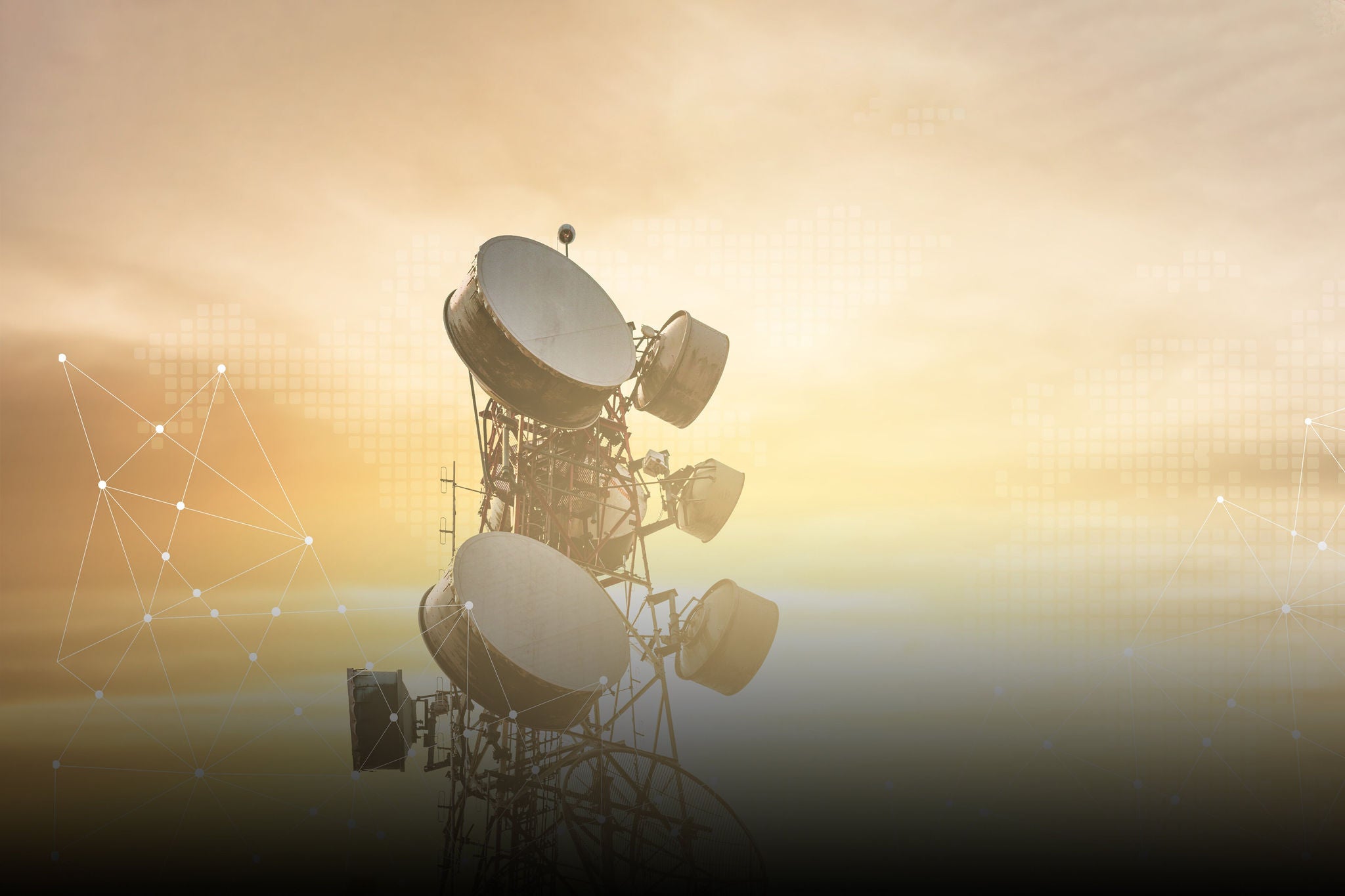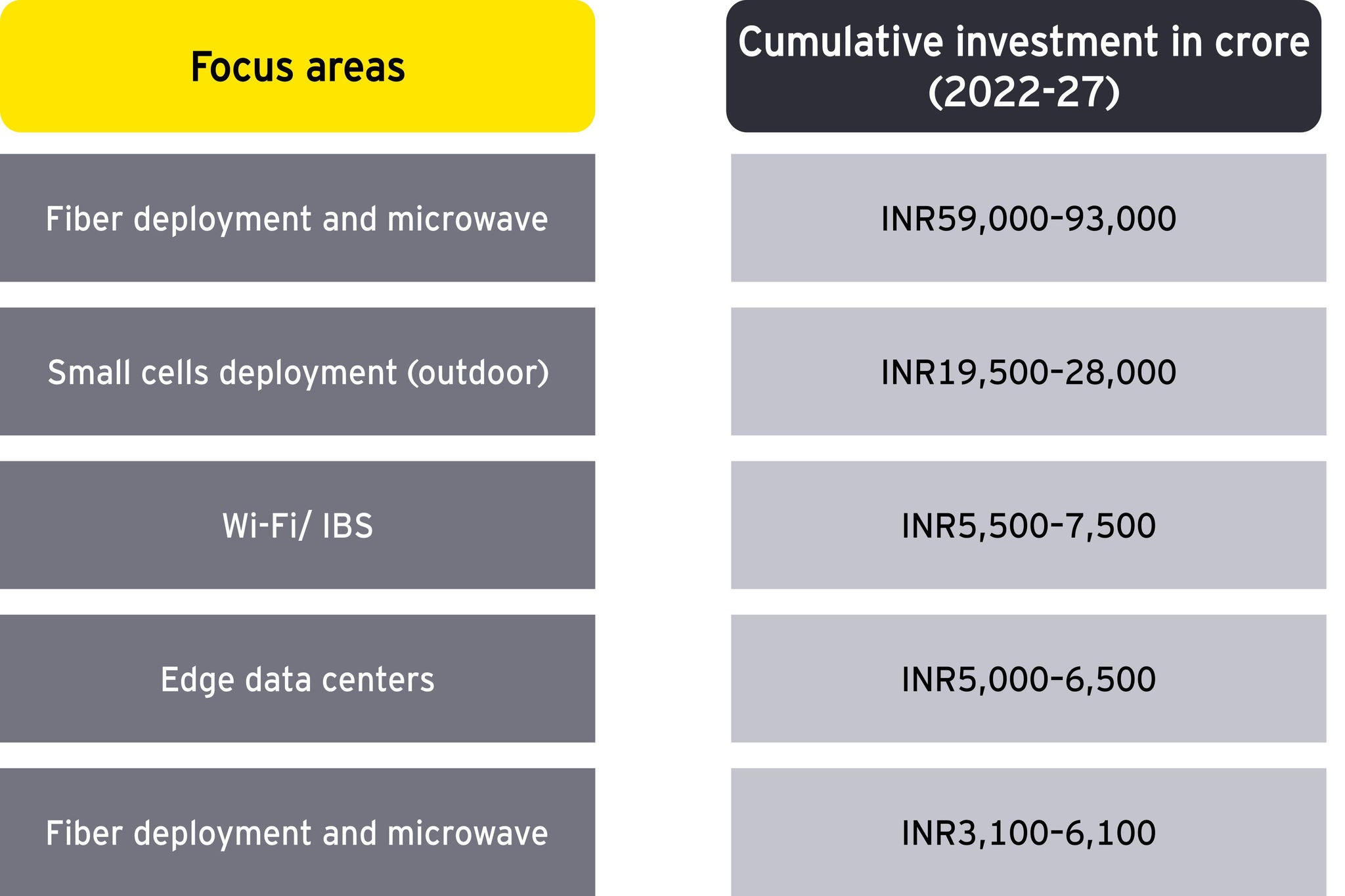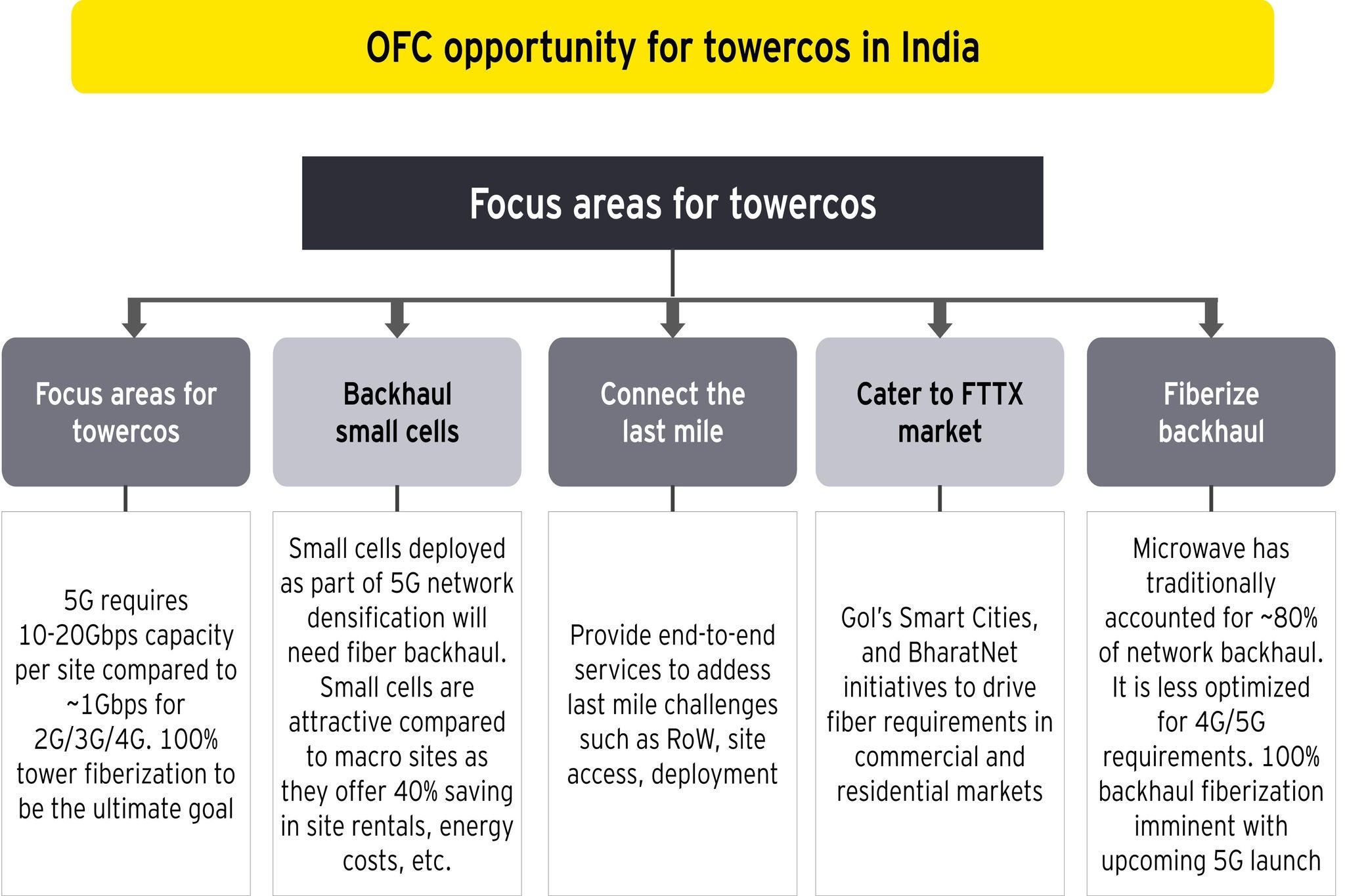EY refers to the global organization, and may refer to one or more, of the member firms of Ernst & Young Global Limited, each of which is a separate legal entity. Ernst & Young Global Limited, a UK company limited by guarantee, does not provide services to clients.
How EY can help
-
EY partners with insurers to build digital-first transformation strategies, deploying tools that boost efficiency, performance, and customer experience
Read more
In August 2022, the government amended the Indian telegraph RoW rules 2016, to enable quicker and easier rollout of digital infrastructure such as small cells and fiber. Furthermore, they have rationalized the administrative fees for telecom infrastructure, which will help in reducing operating cost.
Key considerations to boost the digital infrastructure deployment in India
- Enhance scope of IP-Is to allow active infrastructure sharing
- Incentivize digital infrastructure rollout through fiscal benefits and viability gap funding
- Rationalize Property Tax on mobile tower sites across all states
- Align state RoW rules with the center
- Prioritize electricity connections at tower sites at industrial tariffs








